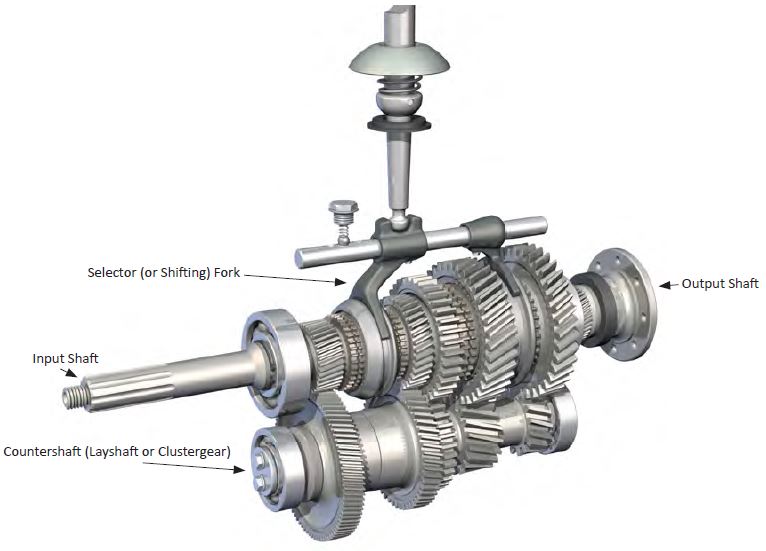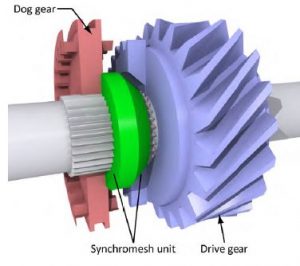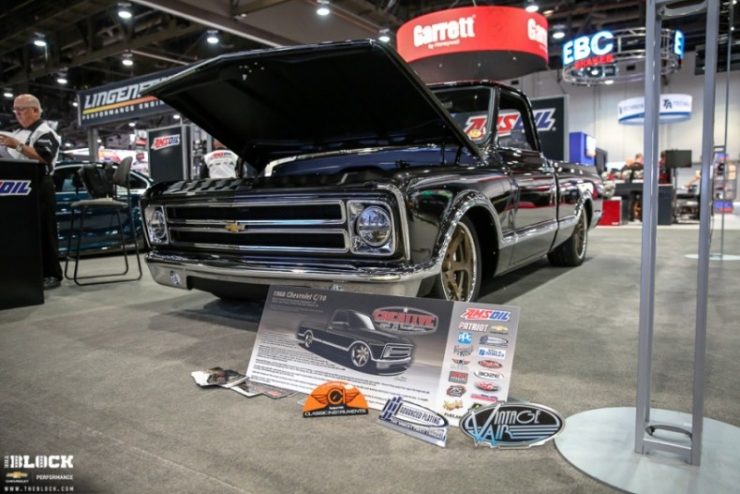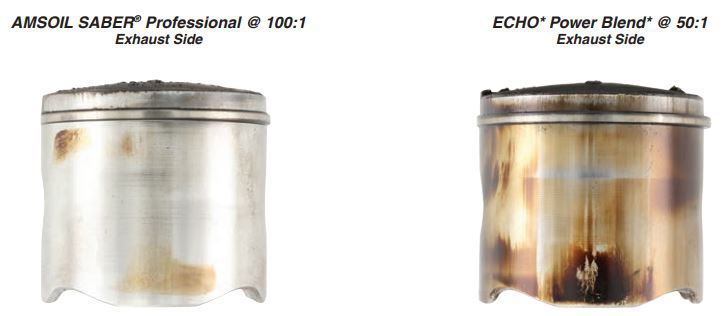Get the Most out of Your Manual Transmission
Few things connect driver and vehicle like a smooth-shifting manual transmission. Although U.S. automakers have steadily moved away from manuals, many enthusiast cars still come with optional manuals. The heavy-duty market is still dominated by manuals, with many of these transmissions being automated.
Most modern automobile manual transmissions use synchronizers – conical brass rings attached to each drive gear – to match the rotational speed of the drive and dog gears during shifts. Without synchronizers, these gears would clash as they try to mate. Transmissions without synchronizers require a shifting technique called double clutching to engage the gears smoothly.
Maximizing Shift Quality
Whether you’re driving a sports car or an over-the-road truck, smooth shifts are important. The lubricant’s viscosity and friction properties play a vital role in shift quality. Viscosity that is too high could prevent shifting the gears until the transmission warms up or result in abnormally high temperatures during operation. Viscosity that is too low could cause the synchronizer and dog gear to engage too quickly, resulting in grinding or hard shifts and abnormal transmission wear. The wrong frictional properties will result in poor shift quality and possibly accelerated synchronizer wear.
Synchromesh Lubrication
Despite their relative simplicity compared to automatic transmissions, manuals require properly engineered lubricants – particularly the synchromesh units – to operate properly. In addition to providing smooth shifts, the lubricant must…
- Help control gear wear
- Reduce heat for improved gear efficiency
- Inhibit corrosion to gear surfaces
Controlling wear isn’t as simple as it sounds. The relative motion between gears squeezes out the oil, meaning the microscopic film of lubricant left behind must be sufficiently resilient to withstand high pressures. Typically, the lubricant cannot contain high levels of anti-wear and extreme-pressure additives because they deteriorate synchromesh materials and disrupt gear engagement.
Manual transmissions may call for motor oil; an automatic transmission fluid; a GL-4 or GL-5 fluid or a fluid formulated for synchromesh units. Motor oils are common manual transmission lubricants in older vehicles, but they generally do not offer adequate protection in modern transmissions.
AMSOIL formulates a complete line of synthetic manual transmission fluids for passenger car/light truck and heavy-duty applications. They are specifically formulated to deliver smooth shifts and long transmission life for their intended applications, helping you get the most out of your vehicle.
Check out these links to some of our most popular products. Many are pleased to find weights which many parts stores no longer carry or OEM’s charge sometimes twice for their brand what AMSOIL sells for.
- Synthetic Manual Transmission & Transaxle Gear Lube
- Synthetic Synchromesh Transmission Fluid
- Synthetic Powershift Transmission Fluid
- SAE 50 Long-Life Synthetic Transmission Oil








